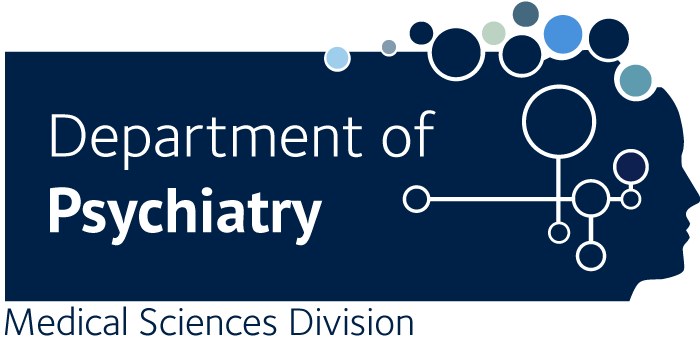Brain imaging in understanding the action of psychotropic drugs: The drugs for depression
Goodwin GM.
© 2015 Elsevier Masson SAS. Objectives: Brain imaging is now used to inform hypotheses relating not just to brain function but also the actions of drugs for depression. It can identify the relevant functional neuroanatomy of drug action and its relation to hot and cold cognition. Patients: Patients with acute major depression or in recovery from same, in comparison with healthy controls. Results: In the case of drugs for depression, we are limited by our understanding of the neurocognitive mechanisms involved. However, it has already been possible to show improved memory for positive descriptors for a range of drugs for depression and these are aligned in both healthy controls and patients. Brain imaging has shown corresponding early effects of drug treatment on how the amygdala responds to negative emotional stimuli. Study of cold cognition, while less developed, has attracted interest from the development of vortioxetine. Imaging studies in recovered patients and controls suggest cognitive enhancing effects of vortioxetine, which may be relevant to recovery from depression. Conclusions: The challenge is to develop a coherent neurocognitive theory of depression that can explain or give context to the observed patterns of symptoms and their response to treatment. Brain imaging will play an important part in this programme of work.

